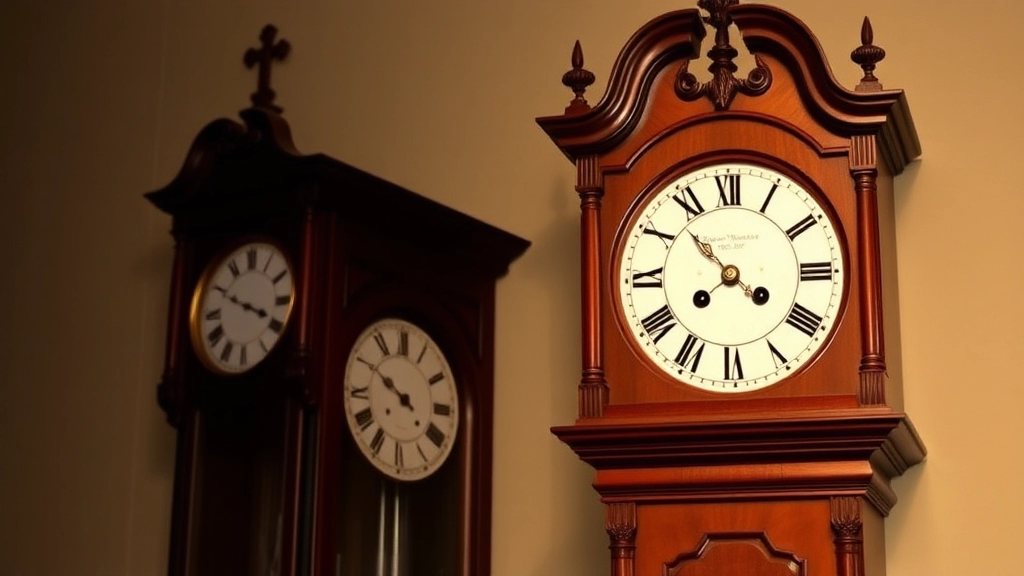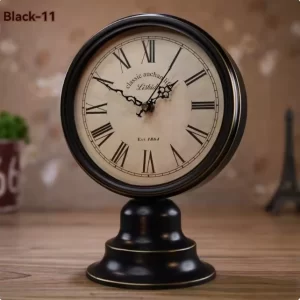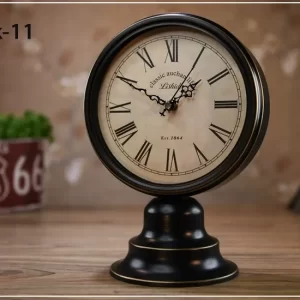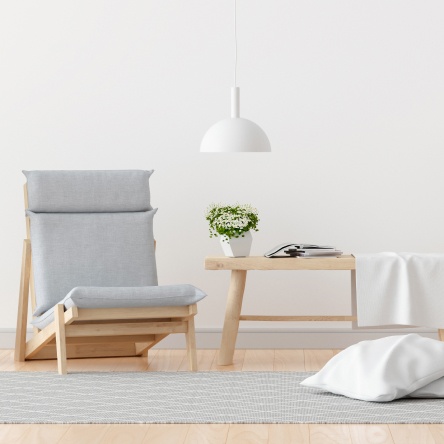When was the grandfather clock invented?
Mantel Clock Studio
As timeless and sophisticated timepieces, floor clocks have been an integral part of interior decor for centuries. Known globally as a long or tall clock, the floor clock is an elegant invention that is still highly sought after today. In this article, we’ll delve into the fascinating history of the floor clock, exploring when it was invented, how it evolved, and why it continues to appeal to antique enthusiasts and homeowners.
What is a grandfather clock?
Grandfather clocks are tall, gravity-driven pendulum clocks known for their intricate craftsmanship and grandeur. These clocks usually stand firmly on their own, with the pendulum mechanism located in the tower or “waist” portion of the clock body, which is why they are so well known. Grandfather clocks are luxurious in design, often made of oak, walnut or even African mahogany (commonly known as flame mahogany ), and many feature beautifully carved or polished wood finishes that complement the face.
The term “grandfather clock” was popularized with the release of the song “My Grandfather’s Clock” in 1876, even though the design had been around for more than 200 years. Combining artistry and functionality, grandfather clocks are truly decorative and a practical addition to any home or office.
The invention of the grandfather clock
The history of this type of wall clock dates back to 1656, when Dutch inventor Christiaan Huygens invented the first weight-driven pendulum clock, revolutionizing timekeeping. Although it wasn’t known as a “wall clock” at the time, this innovation marked the beginning of a new era in clockmaking. The pendulum mechanism greatly improved accuracy and paved the way for the popularization of longcase clocks in Europe.
Soon after Huygens’ invention, English clockmakers adopted the design. By 1670, London had become a center of clockmaking, and England led the world in the manufacture of long clocks. Early models were usually made of oak with square brass dials, but later designs were made of mahogany for a more refined look. These early clocks were not only functional, but were also works of art that are now valuable antiques.
Why were floor clocks invented?
Floor clocks were invented to overcome the limitations of early timekeeping methods, particularly solar clocks. Solar clocks relied on the movement of the sun to measure time, but their reliability suffered during bad weather or changes in environmental conditions such as temperature and humidity.
-
Elegant Black Mantel Clock for Living Room – Silent & Stylish
Original price was: $180.00.$170.00Current price is: $170.00.
The gravity-driven pendulum designed by Huygens solved these problems and introduced a mechanism that was precise, stable and unaffected by external factors. The precise swing of the pendulum, combined with a system of gears, enables the clock to reliably measure time. Its elegant dial provided a simple and precise way to tell time, a significant improvement over sun clocks and other early timekeeping devices.
Why grandfather clocks are still important
Grandfather clocks are prized antiques for their craftsmanship, history and aesthetic appeal. Whether they are used as decorative pieces or cherished for their historical significance, grandfather clocks add timeless charm to any space. Originally created in the 17th century, these clocks are both elegant and innovative, making them as sought-after today as they were centuries ago.
For collectors and homeowners alike, a well-preserved antique desk clock from MantelClock Studio is more than just a timepiece; it’s an heirloom that combines artistry, precision and timeless beauty.





